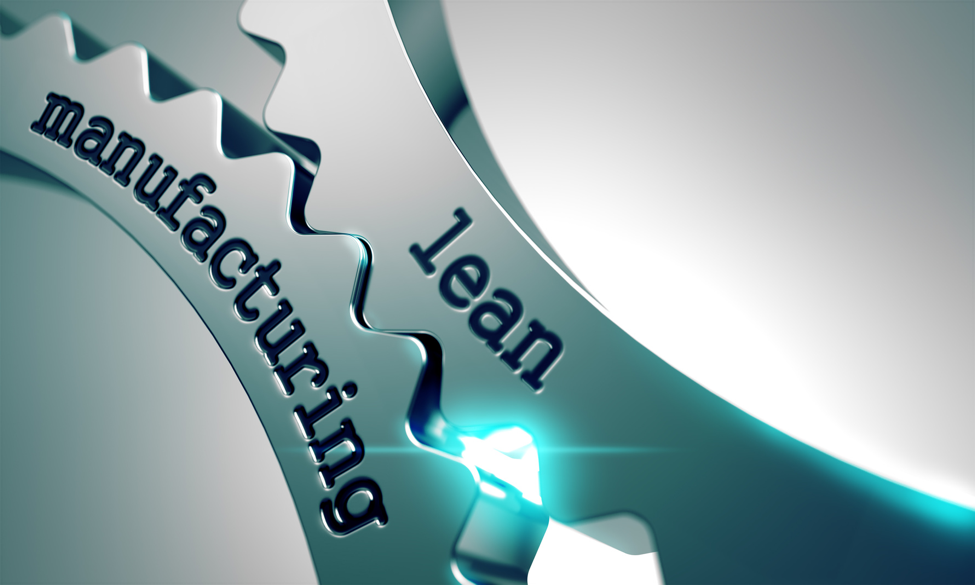What is Lean Manufacturing and How Will It Shape the Future?
Pivot International | March 08, 2017
I’ve talked before about green manufacturing, and the pros and cons of taking such an approach. But there’s another type of manufacturing that focuses on the idea of being as waste-free as possible, even if the term “waste” applies differently. This method can have a positive effect on a company’s bottom line.
It’s called “lean manufacturing,” and although the term was officially coined in 1988, the core principles – which are centered around reducing waste and therefore costs – can be traced back hundreds of years.
Lean manufacturing, or simply “lean,” as it’s often referred to, is based around the idea of creating as little waste as possible, whether you’re talking about time or materials.
The most prominent example of a company that uses the principles of lean is Toyota, which incorporates a philosophy into their production system called the “seven wastes.”
Those wastes include:
- Unnecessary transportation of materials that are not actually required for processing
- Unused inventory that hasn’t been utilized for production of a product
- The period when a product is not being made or transported (or “waiting”)
- Over-processing the product with work that isn’t required by the end user,
- Over-production
- Defects in the product that require extra labor during the manufacturing process
Any part of the process that creates more work than is absolutely required is called “muda,” which is a Japanese word meaning “futility or wastefulness.”
The lean manufacturing model is powered by a series of tools designed to eliminate waste in all areas, from the materials used to create a product to the man-hours required to make it. It’s an exciting approach that, when used correctly, can be truly effective in improving product quality and reduce costs. Here are just a few of those tools.
SMED (single-minute exchange of die):
SMED is a tool that converts a manufacturing process from one product to another. The more quickly a change can be made, the less time and materials are wasted.
Value stream mapping:
Value-stream mapping is a system of analysis that examines the current method of manufacturing for a product and tries to envision what the future method will be.
It’s designed to create an efficient flow of production that causes as little wasted time and material as possible. This is one of the main philosophies that Toyota uses to ensure the best possible production system.
This mapping technique actually has applications in fields besides manufacturing, as well, including the service industry, healthcare, and office administration, among others.
The 5-S system:
The 5-S system examines work space, emphasizing efficiency, storage of materials, and safety. The system gets its name from the 5 factors that are examined, all of which start with the letter “s” in Japanese.
The system attempts both to standardize the layout of a factory or office, and to educate employees on the theories behind the way their workspace is organized.
Scheduling
Through a process called “Kanban,” a meticulously planned production schedule is put into place that emphasizes limits rather than speed. In this theory, very specific limits are put on how much of a product is manufactured in order to avoid overloading the manufacturing system.
It might initially seem like making as much of a product as possible, but by maintaining a specific cap on how much can be manufactured in a system, it helps maintain a consistency in the product.
Error-proofing
The concept in error-proofing is to create a system that stops a mistake in production before it happens. The processes of both the manufacturer and the consumer are taken into account.
By creating certain safeguards (in the automotive industry, requiring a car with an automatic transmission to be in “Park” or “Neutral” before it can be started, for example), a company can shape the behavior of the consumer so that he or she uses the product in the most effective way.
In the case of an employee, manufacturing steps can be created that make it impossible for a worker to move to the next step in the process until the previous step is completed.
These innovations, and many more, can be transferred to other industries with many potential benefits. It’s hard to imagine the future of manufacturing not taking advantage of these concepts.



